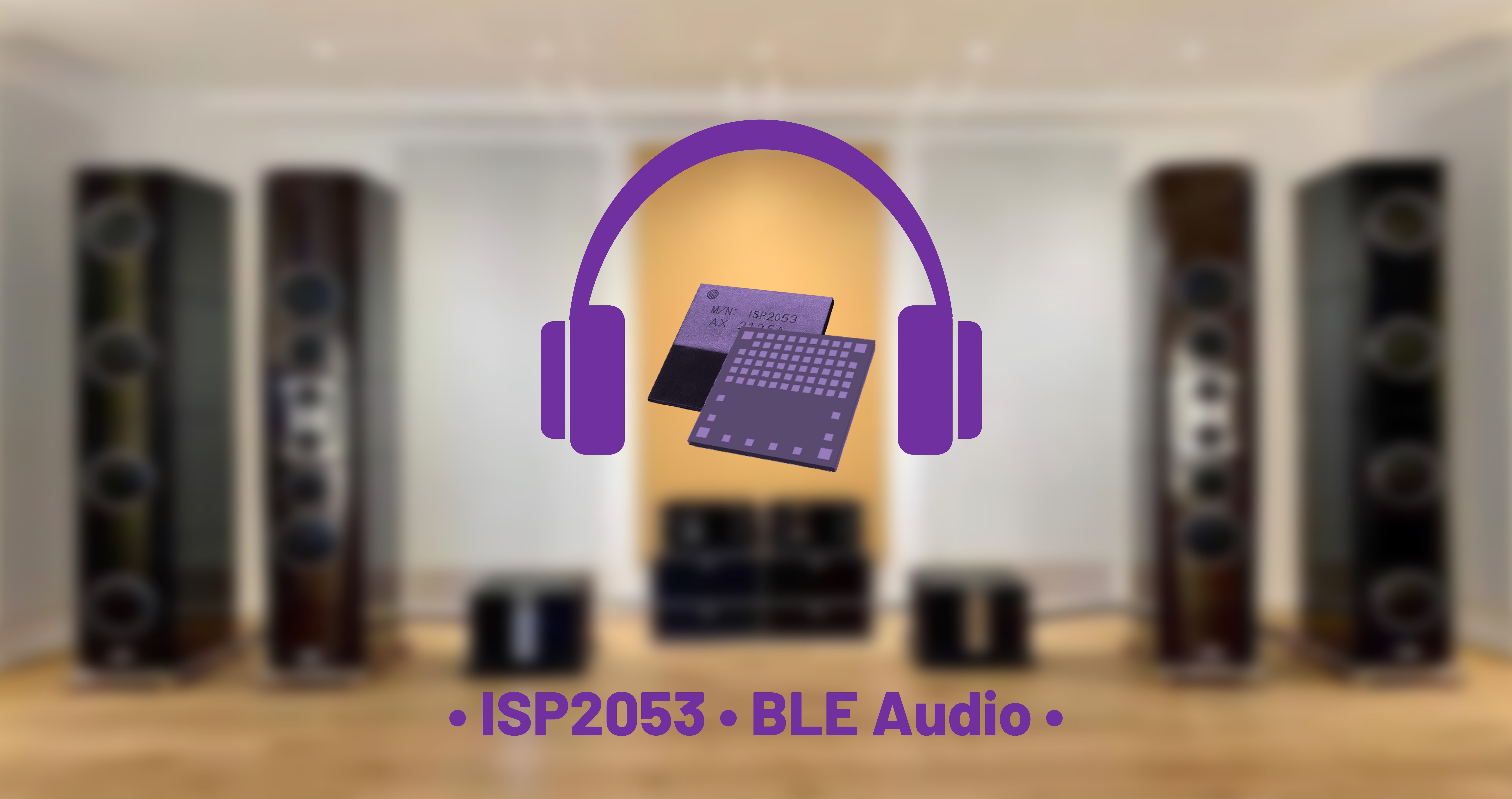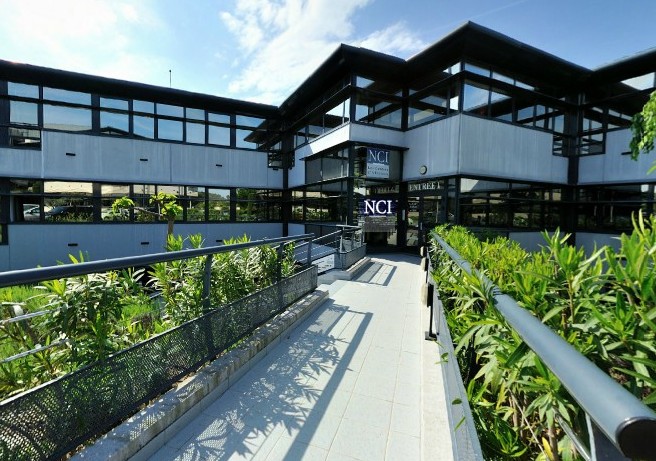FAQ - Frequently Asked Questions
This FAQ is designed to be helpful in answering questions you may have on Insight SiP, the RF SIP design expertise of the engineering team.
Click on the question you would like an answer to.
If you have a question not answered on this page, please contact us.
What is a SiP?
The so-called System in a Package (SiP) allows the integration of different semiconductor technologies together with passive functions in a single functional module. SiP may be defined as a system that has the physical form and dimensions of a semiconductor package, whilst including surface mount passive components, one or more semiconductor die and buried functionality within the substrate of the package. The complete system is protected with either a plastic over-molded case or a metal shield for electromagnetic purposes.
A system-in-a-package or system in package (SiP) involves one or multi-die with one or more discrete passive components within the package to create highly integrated products with optimized cost, size, and performance.
Well-known advantages of SiP is more function in less space and reduced design cycle times.
But SiP offers other important benefits including slimmer profile, lighter weight, better yield and less component placement, superior noise characteristics, high-speed bus design, cost savings, faster development times and security.
Today the increased demand for wireless connectivity in portable electronic devices has driven manufacturers to deliver ever-smaller, more cost effective solutions. This makes the integration of RF into a single product more and more complex and increases technical risk while in the mean time the product development cycle has to be reduced.
At Insight SiP we address these challenges using the system-in-package approach. We make complex RF systems easy to integrate in any existing or future portable application. We contribute to reduce our customer’s product development cycle and accelerate their product’s release-to-market.
At Insight SiP we deliver on the promises of SiP technology:
- reduced cost,
- improved time-to-market,
- reduced form factor,
- and reduced power.
Top
What is a AiP?
The integration of all the complex RF components, together with the base-band circuitry into a complete self contained module greatly facilitates the work of the system integrator. However the system integrator still needs to ensure that the RF is connected to a suitable antenna that is placed within the application. The connection between the RF SiP and the antenna must ensure low insertion loss and good impedance matching, whilst the antenna placement needs to be controlled for optimum radiation performance.
The integration of the antenna within the same package as the RF SiP greatly reduces the difficulty at the system level. This approach coupled to aggressive miniaturization of the antenna itself, using the same substrate technologies as the SiP leads to a new class of sub-systems termed Antenna in Package (AiP).
Insight SiP has designed RF SiPs over the past few years, based on various substrate technologies such as LTCC, laminate or IPD. This has lead to SiP solutions which also integrate the antenna - called AiP (Antenna In Package). SiP performance is maintained when the antenna is included in the package.
Top
Why should I go for a SiP?
The decision to design and implement a SiP solution is mainly motivated by cost, but there are other advantages a SiP approach can provide you. It may be noted that the choice of SiP or SoC for any given system will depend on many parameters.
These include time to market, development costs, expected production volumes, functional specifications, required product flexibility and tradeoffs between digital and RF semiconductor technologies. Very often a SiP can do what a SoC cannot.
A SiP allows a high density of functions by incorporating combinations of wire bond, flip-chip, stacked devices, embedded devices, MEMS, and package-on-package. This allows designers to use SiP implementation for subsystems and systems that are not technically viable in a SOC or were previously implemented using a PCB.
Also SiP technology allows lower power and less noise at the interconnect level, flexibility in mixing and matching IC technologies, and reduced board size and cost through inclusion of passive components, consolidation of packaging and reduction of layers. And, relative to existing solutions based on SoC, SiP modules can be much quicker to develop.
Top
Why choose Insight SiP experienced professionals?
Design of SiP is notoriously difficult since it requires inter-working between semiconductor, packaging and PCB design concepts. The optimization of the process is crucial to gaining the maximum benefit from the technology in terms of performance, size, cost and time to market
Today, SiP design has to be implemented by experts using the right methodology and techniques. These design experts need to be advanced enough to deliver the high performance SiP modules requested by the latest wireless portable consumer device manufacturers.
SiP is known as a matter of experts as SIP is electrically complicated. Why? Power delivery for a SiP is much more complex than for a single die package design. Also multiple die share the power grid within the package substrate, and some die share power directly with another die. More die draw more current, and faster die are more susceptible to timing and electromagnetic (EM) noise effects.
To meet these and other challenges, SiP designers will have to manage the physical, electrical, and manufacturing interfaces between designs components across all the associated design fabrics which is the entire system interconnect. Designers need to be able to capture the connectivity of the whole system, and then manage connectivity interfaces to the different design domains of digital IC, custom IC, SiP, and PCB.
At Insight SiP our experts are fluent in all phases of the design cycle:
‐ system design/partitioning,
‐ RF circuit design,
‐ physical layout & circuit design,
‐ system verification & multiple designs,
‐ layout check and tests.
They have a solid understanding of:
‐ Passive components (capacitors, inductor types….)
‐ Passive circuit design (filters, BALUNs, matching, power dividers…)
‐ Active circuit design (LNA, PA, mixer, switch…)
‐ RF architecture
‐ Package types
‐ Process flows
‐ And electrical properties.
They combine this RF know how with the unique ability to embed functions within the package irrespective of the technology:
‐ In multi-layer organic substrates (BT, FR4,..)
‐ In multi-layer ceramic substrates (LTCC, HTCC, Thick film,…)
‐ In thin film Integrated Passive Devices (IPD) on silicon or glass
Finally, they have the capability to evaluate architectural trade-offs, substrate technology alternatives (laminate, LTCC & IPD) and assembly related options (SMT, Wire-bond, Flip chip, Embedded die,…) to propose a set of optimized solutions to meet customer’s constraints.
Top
How long will it take for me to get my SiP ready to use in my product?
It depends on the complexity of the design. Anyhow, thank to Insight SiP methology, usually new RF SIP is ready for production within 6 to 12 months from design start and it requires one or maximum two prototyping runs.
To get development schedule estimate based on your need, please contact Insight SiP team at This email address is being protected from spambots. You need JavaScript enabled to view it.
Top
What methodology are you using to develop a SiP?
Insight SiP’s methodology is based on a user extendable library of physical objects for which the electrical models are created automatically for a given stack-up and/or technology. Thus any design that is initially made for a particular supplier can easily be re-tuned for an alternative source.
The method uses a combination of circuit and EM simulations to create a design progressively from basic schematic representation to a complete layout. 2.5D or 3D EM simulations are used for the passive integrated functions (laminate, IPD, LTCC, PCB) and harmonic balance or device modeling for the active circuits. The functionality that is contained within buried functions inside the substrate is created using an iterative process.
‐ First step: create for a given technology a range of parameterized mechanical objects.
These objects allow simple RF functions, such as capacitors, inductors and resonators, to be created.
‐ Second step: couple the technology file for the target process to the mechanical objects.
A series of batch based electromagnetic simulations of the mechanical objects within the desired technology file framework creates data for a look-up table based model for each component (L, C or more complex resonator element).
It allows for the creation of a set of project and technology related schematic objects that can be optimized to produce the required RF functionality.
Simulations using these models can be carried out in both the frequency domain and the time domain.
At this level of the design, circuit optimization is carried out to determine the parameters of the schematic/mechanical object. This process is quite similar to that carried out in semiconductor design using library based objects that have electrical performance and create layout.
‐ Third step: create complete sections of physical layout with the mechanical objects using the circuit optimization parameters.
A closed loop iterative process is used to obtain final layout that has the same electrical performance as the sum of the modelled portions.
At this stage coupling effects between blocks are compensated for. This has the advantage of allowing the mechanical objects to be placed close together without any risk of causing unseen effects. This makes the designs created by this method more compact than those using a “P Cell” approach with large keep-out zones to avoid coupling.
Top
Are your solutions portable between suppliers and technology partners?
Automation and portability in the design have been major challenges for portable device manufacturers. In order to achieve a broader standardization of the SiP approach, Insight SiP has developed unique flexible design methodologies. This methodology helps solve the issue of portability while allowing for greater integration. It shows that SiPs scale and optimize well allowing for aggressive design schedules from system definition down to fully tested layout.
To get more details of Insight SiP RF System in package design for portability between suppliers and technology partners, download: : RF SiP Design Portability
Top
Can I use chips from different manufacturers in my SiP?
Yes. A SiP approach is the easiest way to integrate chips from various vendors. SiP allows for the system to be partitioned into separate analog and digital functions, so that each can be optimized separately for best performance. The system designer is then able to choose and implement the best available chips for each function.
A typical wireless system includes analog and RF blocks such as the PA, LNA, VCO, PLL, ADC, integrated passives, and power management. The digital partition includes baseband processing, memory, and other digital functions. Applying the SiP design approach allows each of these partitions to be individually optimized for performance and cost. It also affords IP re-use and reduces time-to-market. choosing the optimal IC for each function is key to realizing these advantages.
Top
Can I choose the manufacturer of my SiP?
Our design methodology allows for great flexibility and portability among technology platforms and vendors. We work with our customer preferred supply chain if needed. Alternatively, we can help our customers select manufacturing suppliers from a large network of substrate and assembly houses.
Top
How to choose between the various SiP technologies?
Insight SiP design engineers have the capabilities to evaluate architectural trade-offs, substrate technology alternatives (laminate, LTCC & IPD) and assembly related options (SMT, Wire-bond, Flip chip, Embedded die,…) to propose a set of optimized solutions to meet customer’s constraints. Our experts choose the best technology. for every specific SiP design.
Top































